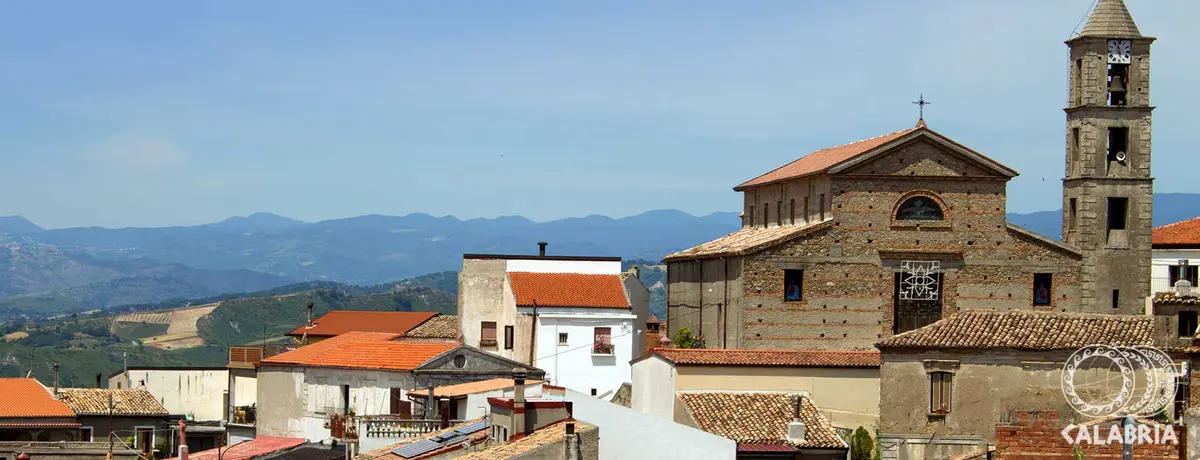Cirò Marina
Cirò Marina, where Cirò DOC wine is born

Blue flags
Punta Alice, Cirò Marina - Regione Calabria
The municipality of Cirò Marina (KR) lies on the beautiful Costa dei Saraceni, along the Calabrian Ionian Sea in the province of Crotone. On the sea of Cirò Marina stood the area of ancient Krimisa (7th-6th century BC), surrounded by olive groves, citrus orchards and vineyards made fertile by the Lipuda stream.
These still give rise today to one of Calabria's excellent wines: the prized Cirò DOC wine, made from the ancient Gaglioppo grape variety in the Red, Rosé and White variants, which must absolutely be tasted during a trip to Cirò Marina.
A visit to the Archaeological Area of the Temple of Apollo Aleo, on the promontory of Punta Alice, and the Archaeological Civic Museum, which exhibits artefacts and artefacts from the Bruzia era found in the necropolises and, in particular, the cast of the Statue of the God Apollo, is a must to get to know the charm of the ancient Greek city of Krimisa. Between the marina and the urban centre are the remains of the Torre Nuova, Casa Taverna, Palazzo Porti, Casa Sculco, Casa Saverona and several other rural estates, representative of an area devoted to agriculture.
Today Cirò Marina is a renowned seaside resort: its sea is awarded the Blue Flag and the Green Flag, a symbol of care and services for young and old.
Among the main events in the municipality of Cirò Marina is the great Feast of San Cataldo, the patron saint of the town, with the evocative sea procession and pilgrimage to the Church of the Madonna di Mare.
No result






